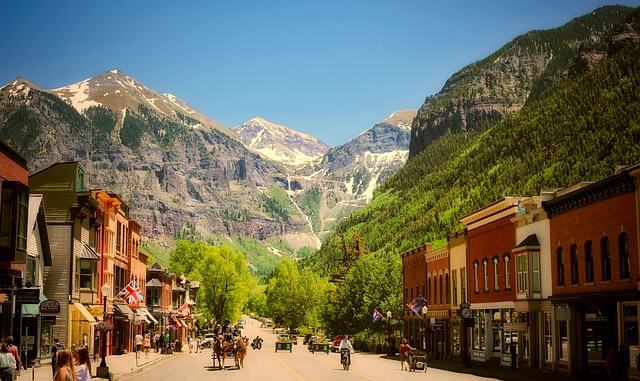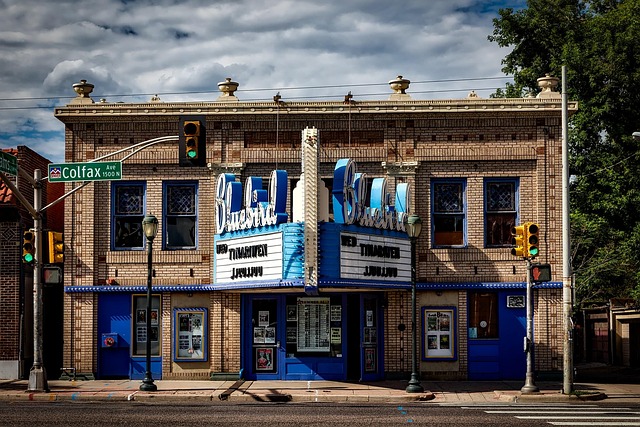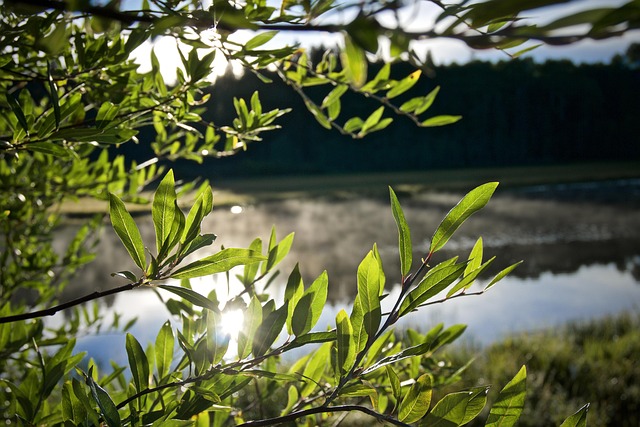Cultural ties profoundly impact real estate preferences, influencing both location choices and property aspirations. Families prioritize community connections, leading to walkable neighborhoods over suburban areas. Cultural traditions dictate specific housing needs, affecting purchasing decisions and driving demand for unique properties with historical significance or distinctive architectural styles. Developers must be sensitive to these nuances to cater to diverse markets. Local laws and events are shaped by cultural ties, influencing property prices and appeal. Incorporating traditional design, architecture, and landscaping in new developments, along with marketing around cultural events, creates spaces that resonate with locals, fostering a sense of belonging, strengthening local economies, and enriching community fabric.
“Strong cultural ties and unique traditions play an intricate role in shaping real estate preferences, choices, and local market dynamics. This article explores how these cultural factors influence real estate trends, from individual purchasing decisions to community development and marketing strategies. By delving into specific traditions and their impact, we uncover the power of cultural ties in fostering vibrant communities and diverse real estate landscapes.”
How Cultural Ties Impact Real Estate Preferences and Choices
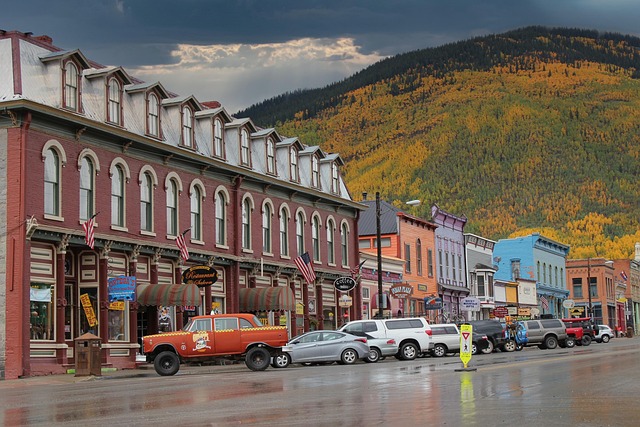
Strong cultural ties deeply influence real estate preferences, shaping where people choose to live and what kind of properties they aspire to own. For instance, families with deep roots in a community might prioritize proximity to extended family or schools that reflect their cultural values. This can lead to a preference for neighborhood-centric, walkable communities over suburban sprawl. Additionally, cultural traditions often dictate specific housing needs; religious practices may necessitate certain floor plans or spaces for prayer, while festivals and celebrations could require areas for gatherings and traditional activities.
These influences extend beyond just where to live; they also shape purchasing decisions. Cultural preferences can drive demand for unique properties, such as those with historical significance tied to a community’s heritage or specific architectural styles reflecting cultural identity. In many cases, individuals and families seek real estate that not only meets their practical needs but also allows them to express and preserve their cultural heritage. This, in turn, contributes to diverse and vibrant property markets, where developers and realtors must be attuned to these cultural nuances to cater effectively to their clients’ preferences.
Unique Traditions and Their Influence on Local Real Estate Markets

Unique traditions deeply ingrained in a community often leave an indelible mark on its local real estate market. These cultural practices can shape where people choose to live, influencing property prices and even the design of homes. For instance, in regions with rich festival traditions, properties near event venues might command higher prices due to increased demand during these celebrations. The same holds true for communities with distinct culinary customs; restaurants and homes near areas known for specific cuisines can attract higher values.
Furthermore, unique traditions can lead to distinctive architectural styles that become iconic to a place. This can affect real estate decisions as buyers often seek properties reflecting the community’s cultural identity. Local laws and regulations may also be influenced by these traditions, impacting development potential and property use. Ultimately, understanding and appreciating these cultural ties can enhance the appeal of a location, making it an attractive prospect for both residents and investors in the real estate market.
Building Community: The Role of Cultural Ties in Real Estate Development and Marketing
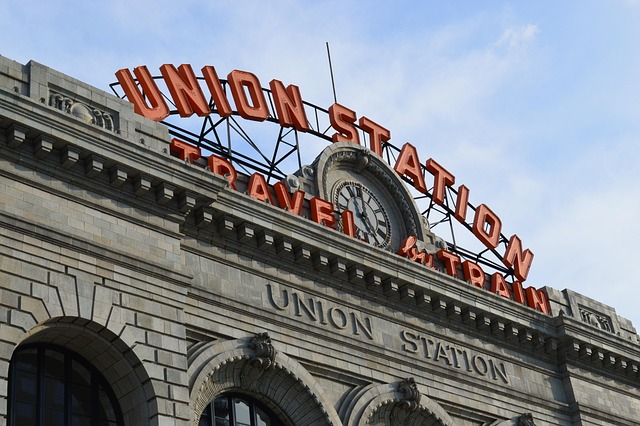
Strong cultural ties and unique traditions play a significant role in shaping communities, which has an intriguing impact on the real estate sector. When developers and marketers understand and appreciate these cultural aspects, they can create spaces that resonate with local residents, fostering a sense of belonging and community pride. This involves incorporating elements of traditional design, architecture, and landscaping into new developments, ensuring they blend seamlessly with the existing cultural landscape.
For instance, in areas with rich historical heritage, real estate projects can adopt architectural styles that pay homage to the past, attracting buyers and tenants who value authenticity. Cultural events and festivals can also be incorporated into marketing strategies, showcasing the vibrant soul of a community. By doing so, developers can attract a diverse range of potential residents, each connected to the area through their own cultural narrative, ultimately strengthening the local economy and community fabric.
